Categories > Guides and Tips

Ultimate Guide to Tuk Tuk in Thailand
- What is a tuk tuk?
- How does one ride a tuk tuk in Thailand?
- How much is a tuk tuk ride?
- Bangkok
- Chiang Mai
- Common Tuk Tuk Scams to Avoid
- Local Tips for Riding a Tuk-Tuk
- Agree on the fare before starting the ride
- Keep small change handy for payment
- Be aware of potential scams and insist on direct routes
- Hold on to the handrails for safety during the ride
- Secure your belongings and keep them within sight
- Be cautious of very friendly drivers offering unsolicited recommendations
- Familiarise yourself with the local currency for hassle-free transactions
- Consider using tuk-tuks for short distances to avoid excessive fares
- Ask locals or trusted sources for recommended tuk-tuk drivers or services
- Fun Facts about Tuk Tuks in Thailand
Whether you’re a curious traveller or a seasoned adventurer, this comprehensive guide is here to equip you with all the essential information you need for an incredible tuk-tuk experience in Thailand.
Discover the ins and outs of navigating Thailand’s bustling streets aboard these iconic three-wheeled vehicles. We’ll provide you with valuable tips on negotiating fares, communicating with tuk-tuk drivers, and ensuring a safe and enjoyable journey.
What is a tuk tuk?

A tuk-tuk is a popular mode of transportation in Thailand, known for its unique three-wheeled design. It consists of a small open-air cabin attached to a motorised chassis.
Tuk-tuks are everywhere in bustling urban areas, adding a dash of excitement to your adventures and making it super easy to get around.
You’ll spot these cool vehicles in all sorts of styles and sizes, but they usually fit two to three people comfortably. What’s really amazing is how they manoeuvre through traffic like pros, effortlessly squeezing through tight spots and narrow alleyways.
One of the best parts about riding a tuk-tuk is the open-air experience. Imagine feeling the breeze on your face and taking in the vibrant sights and sounds of the city as you zip along. It’s like being right in the heart of the action!
How does one ride a tuk tuk in Thailand?
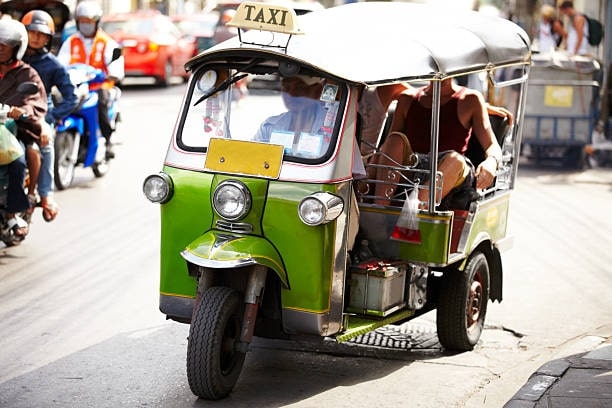
Riding a tuk-tuk in Thailand can be an exciting and memorable experience. Here’s a step-by-step guide to help you navigate the process:
Spotting a tuk-tuk: Tuk-tuks are commonly found in busy areas, near tourist attractions, markets, or transportation hubs. Look out for their distinctive appearance and listen for the familiar sound of their engines.
Negotiating fares: Unlike taxis, tuk-tuks generally do not have metres. It’s essential to negotiate the fare with the driver before starting your journey. Be prepared to haggle, but also maintain a respectful and friendly attitude.
Confirm the route: Inform the tuk-tuk driver of your destination and agree on the route beforehand. Ensure they understand where you want to go, as language barriers can sometimes pose a challenge.
Safety precautions: Hold on firmly to the handrails inside the tuk-tuk during the ride, especially when going around corners or through traffic. Be mindful of your belongings and keep them secure to prevent any loss or theft.
Enjoy the ride: Sit back, relax, and enjoy the unique experience of riding a tuk-tuk. Embrace the hustle and bustle of the city streets, feel the breeze on your face, and take in the vibrant sights and sounds of Thailand.
How much is a tuk tuk ride?
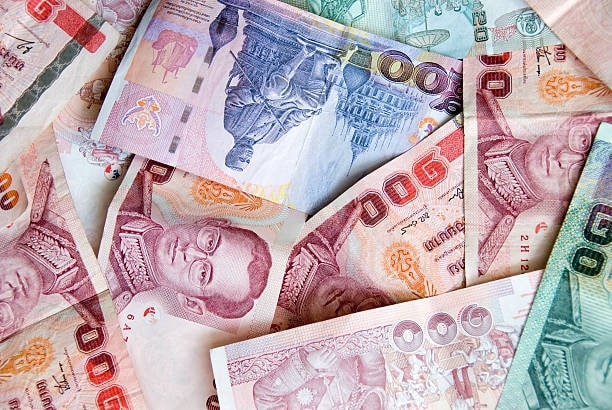
The cost of a tuk-tuk ride in Thailand can vary depending on several factors, including the distance, location, time of day, and negotiation skills. As fares are usually negotiated, there is no fixed price or standard rate for tuk-tuk rides.
It’s important to note that tuk-tuk drivers may initially quote higher fares to tourists, so be prepared to negotiate and aim for a fair price.
Remember, the fare will also depend on your bargaining skills and the driver’s willingness to agree on a mutually acceptable price.
Bangkok
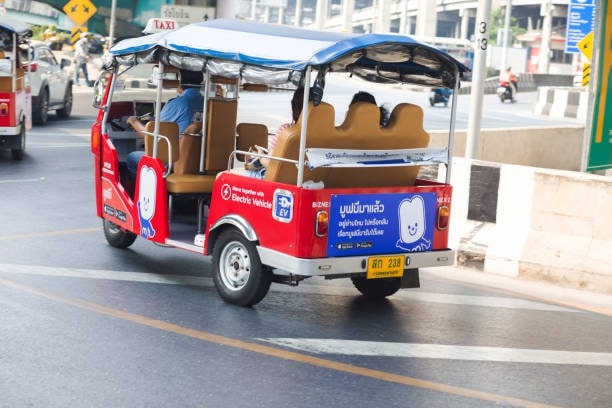
In Bangkok, the cost of a tuk-tuk ride can vary depending on several factors. As fares are typically negotiated, it’s important to be aware of potential price discrepancies and engage in friendly bargaining.
Short distances within the city centre: For a short ride within the central areas of Bangkok, fares can range from 50 to 150 Thai Baht (approximately $1.50 to $4.50 USD).
Longer distances or tourist destinations: If you’re heading to a specific tourist attraction or travelling a longer distance, fares can be higher, ranging from 200 to 500 Thai Baht (approximately $6 to $15 USD) or more.
Rush hour or late-night rides: During peak hours or late at night when traffic is heavier, tuk-tuk fares might be slightly higher due to increased demand and travel time.
Chiang Mai
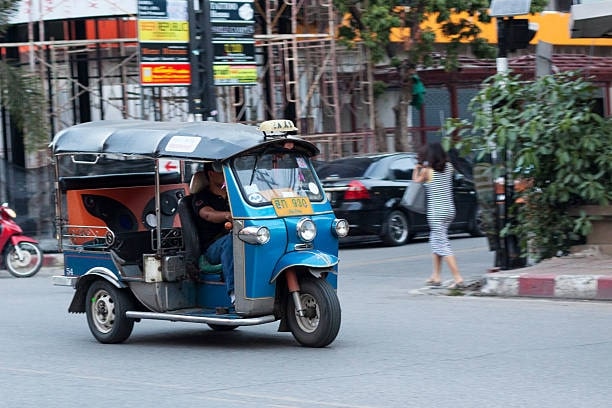
In Chiang Mai, another popular city in Thailand, tuk-tuk fares have their own dynamics. Here’s an overview of tuk-tuk prices in Chiang Mai:
Short rides within the city: For short distances within the city limits, tuk-tuk fares typically range from 30 to 100 Thai Baht (approximately $1 to $3 USD).
Longer distances or famous attractions: If you’re heading to well-known tourist spots or travelling a greater distance, fares can go up to 100 to 300 Thai Baht (approximately $3 to $9 USD).
Night bazaars and weekend markets: Tuk-tuk fares to popular markets like the Night Bazaar or weekend markets might be slightly higher due to increased demand and traffic during those times.
Note: Remember, these are rough estimates, and actual fares can vary depending on negotiation skills, driver’s initial quote, and other factors. It’s always advisable to negotiate and agree on a price before starting your tuk-tuk journey
Common Tuk Tuk Scams to Avoid

While tuk-tuks can be a fantastic way to explore Thailand, it’s important to be aware of common scams that some unscrupulous individuals may attempt.
Here are a few tuk-tuk scams to watch out for and avoid:
Excessive or inflated fares: Some tuk-tuk drivers may quote exorbitant prices, especially if they sense you’re a tourist. Always negotiate and agree on the fare upfront to avoid surprises at the end of the ride.
Unwanted detours: Be cautious if your tuk-tuk driver insists on taking detours or making unsolicited stops at shops or attractions. They may receive commissions for bringing in customers, and you may end up paying more or feeling pressured to make purchases.
Gem or jewellery scams: Beware of tuk-tuk drivers who claim to know great deals on gems or jewellery. They might take you to a store where you’re pressured to buy overpriced or fake items.
Fake attractions or closures: Some drivers may inform you that a popular attraction is closed for the day or undergoing renovation. They’ll then suggest alternative destinations where they earn commissions.
“Free” tours with hidden costs: If someone offers you a “free” tour in a tuk-tuk, be cautious. They may take you to various places where you’re expected to make purchases, pay high entrance fees, or participate in expensive activities.
Pickpocketing or bag snatching: Be mindful of your belongings during the ride. There have been instances of thieves operating on motorcycles snatching bags or pickpocketing passengers.
Counterfeit money: Be vigilant when receiving change from tuk-tuk drivers, particularly with larger denominations. Some scammers may try to give you counterfeit bills, counting on you not noticing.
Local Tips for Riding a Tuk-Tuk
Agree on the fare before starting the ride
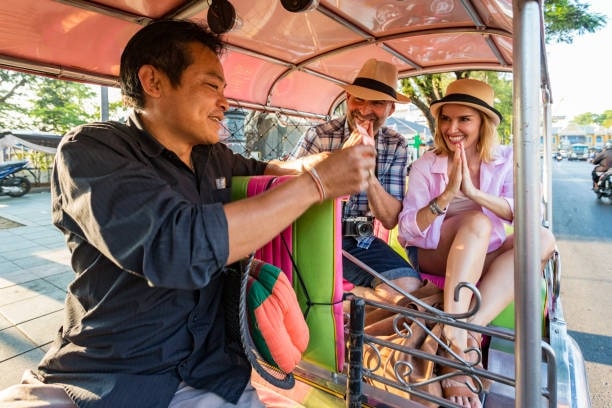
To ensure a smooth tuk-tuk ride, it’s essential to agree on the fare before you embark on your journey. Communicate with the tuk-tuk driver and settle on a price that works for both parties.
This way, you can avoid any confusion or disagreements about the cost of the ride at the end.
Keep small change handy for payment

When riding a tuk-tuk, it’s helpful to have small bills and coins readily available for payment. Tuk-tuk drivers often prefer exact change, and having the right amount at hand makes the transaction smoother and more efficient.
It saves time and eliminates the need for the driver to provide change, ensuring a hassle-free payment process for both you and the driver.
Be aware of potential scams and insist on direct routes
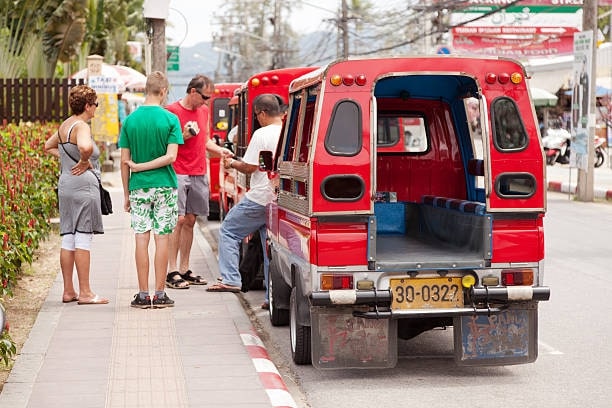
While tuk-tuk rides can be an exciting adventure, it’s important to stay aware of potential scams and take precautions. Some drivers may attempt to take longer routes or make unsolicited stops at certain establishments where they receive commissions.
To avoid falling into these traps, insist on direct routes to your destination. Politely decline any detours or additional stops that are not part of your intended journey.
Hold on to the handrails for safety during the ride

To ensure a secure and comfortable journey, it’s important to hold on to the handrails inside the tuk-tuk. This provides stability and balance, especially when the driver navigates through traffic or takes turns.
Secure your belongings and keep them within sight

Keep your bags, purses, and valuables secure and within your sight at all times. Avoid displaying expensive items or flashing large amounts of cash, as it may attract unwanted attention.
Be cautious of very friendly drivers offering unsolicited recommendations
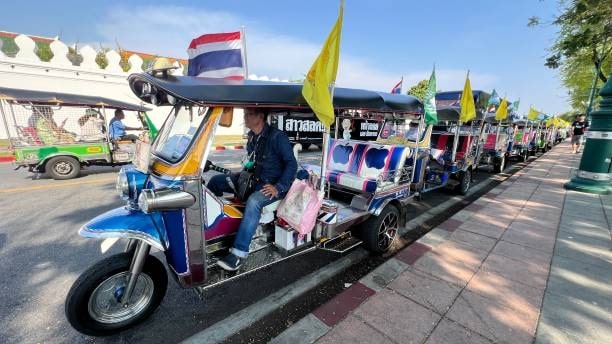
While many tuk-tuk drivers are genuinely helpful, you must still exercise caution when encountering overly friendly drivers who offer unsolicited recommendations.
Some drivers may try to persuade you to visit specific shops or establishments where they have a commission arrangement.
Familiarise yourself with the local currency for hassle-free transactions
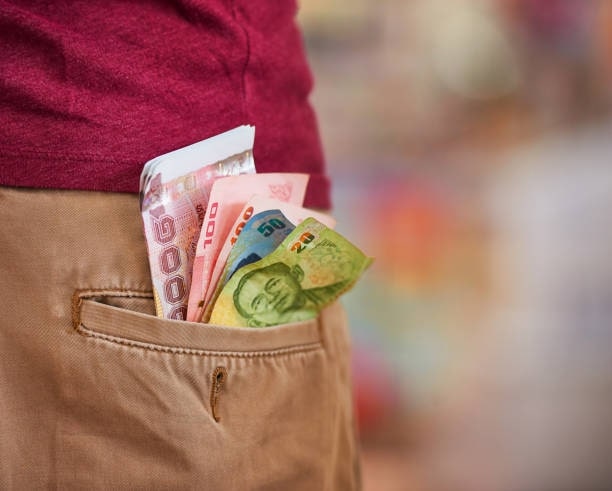
To ensure smooth and hassle-free transactions during your tuk-tuk rides, take the time to familiarise yourself with the local currency.
Know the denominations, their values, and keep a basic understanding of the exchange rate. This will enable you to handle payments confidently and avoid any confusion or misunderstandings.
Consider using tuk-tuks for short distances to avoid excessive fares
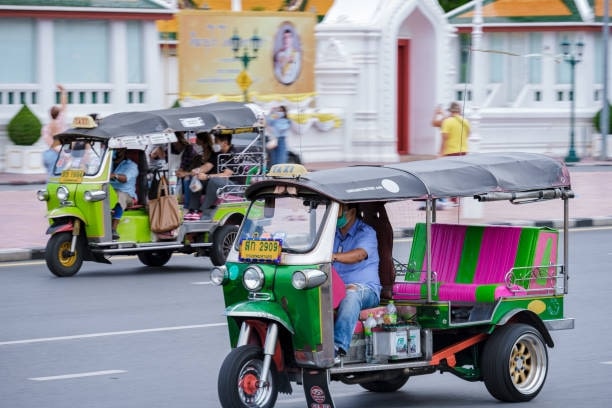
Tuk-tuks can be a convenient and fun mode of transportation, particularly for short distances. If you’re travelling within a compact area or exploring nearby attractions, considering tuk-tuks can help you avoid excessive fares associated with longer rides.
They are often more economical for quick trips, making them an efficient and budget-friendly option
Ask locals or trusted sources for recommended tuk-tuk drivers or services
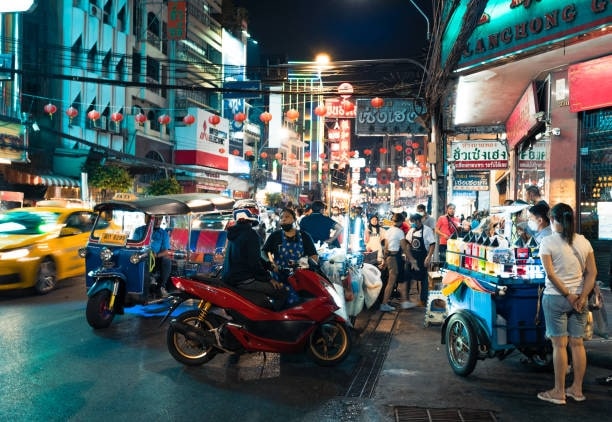
When in doubt or looking for reliable tuk-tuk services, don’t hesitate to seek advice from locals or trusted sources. Locals can provide valuable insights, recommend reputable tuk-tuk drivers or services, and share their experiences.
Fun Facts about Tuk Tuks in Thailand
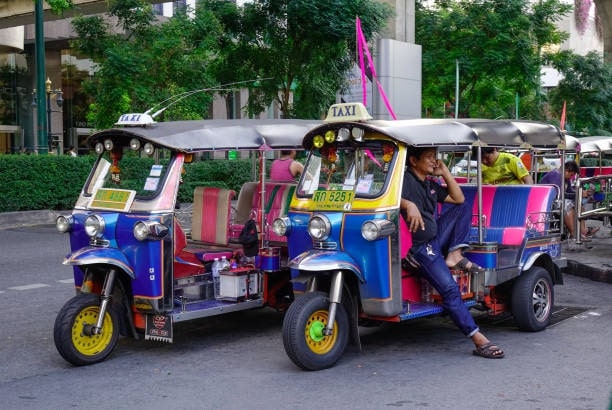
History of Tuk Tuks in Thailand: Japan developed motorised tricycles in the 1930s, exporting them to Southeast Asia, including Thailand. The first tuk-tuk model introduced in Thailand was the Daihatsu Midget DK in 1960.
It became popular and was nicknamed “sam lor.” The success led to the introduction of the two-door Midget MP 4, known as “rod hua kob” or “frog head car.”
The tuk-tuk’s journey continued with modifications by locals and involvement of car manufacturers like Honda, Mazda, and Mitsubishi.
Today, tuk-tuks are legally registered with the Department of Land Transport, with around 22,000 listed as public vehicles in Thailand. Safety regulations now require passengers to enter and exit from the left side of the vehicle.
The Name “Tuk Tuk”: One intriguing aspect of Thailand’s iconic vehicle is that its nickname, “tuk-tuk,” was actually coined by a foreigner.
Due to the challenge of pronouncing the Thai term “sam lor kruang” (meaning motorised tricycle), foreigners started referring to the vehicle based on the sound of its exhaust, giving rise to the catchy nickname we know today.
Future of Tuk Tuks: As Thailand embraces advancements in technology and environmental consciousness, the future of tuk-tuks is evolving. Electric tuk-tuks are emerging as a sustainable alternative, offering reduced carbon emissions and quieter rides.
Additionally, regulations are being implemented in certain cities to enhance safety standards and ensure fair pricing for passengers.
With these developments, tuk-tuks are poised to continue being a vibrant and iconic mode of transportation in Thailand’s urban landscapes.





